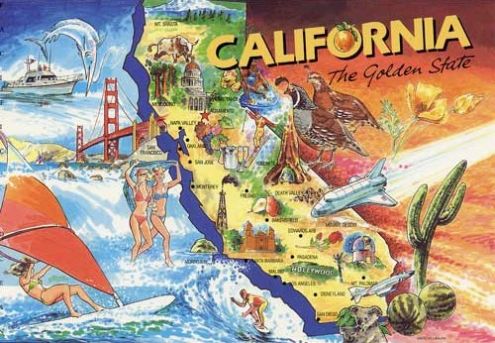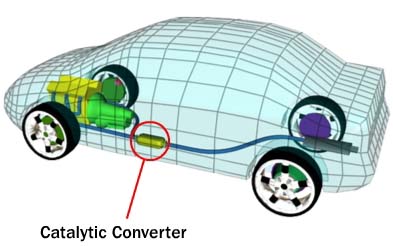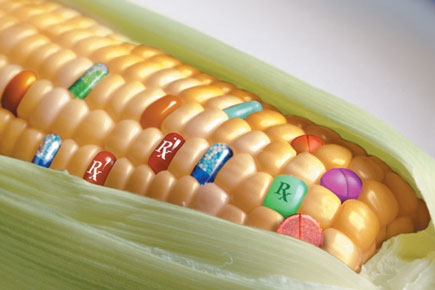Published: May 8, 2012
Link: http://www.cnn.com/2012/05/04/tech/smog-eating-tiles-california/index.html
 |
| Ths photo deminstrates how the tiles work to reduce the pollution. |
Can the roof over our heads do
more than provide shelter? The answer is yes. The Boral Roofing Company is one
of the first in the US to offer these interesting smog eating roofing tiles.
The tiles are coated with titanium dioxide, a chemical that can oxidize harmful
air pollutants caused by fossil fuels. The roof breaks down the emissions into
harmless calcium nitrate and the roof also help to fertilize the soil when it
rains because of the runoff. A study done in Los Angeles, one of the most
ozone-polluted cities in the U.S., showed that these tiles help reduce the
amount of air pollution. It has also been estimated that 2,000 sq/ft. of tiles
can reduce the emissions that are equivalent to driving 10,000 miles a year in
a car. Air pollution is a huge problem
in cities, and these tiles are now available to be used in construction with
the hope of reducing the amount of air pollution released into the atmosphere every
day.
Opinion/Reflection
I really think that these tiles
have a huge potential to reduce the amount of air pollution. I think it is a
great idea because it doesn't have extremely harmful environmental effects,
like other air pollution reducing ideas. I think air pollution is something
that people need to start focusing on because if we don't do something soon the
problem may become too big to handle. I think these tiles are a start to
reducing the air pollution. I like reading about the different way, ideas, and
options there are to reduce air pollution because it shows that we are getting
closer to eliminating the amount of pollution being released. This affects me
because air pollution is becoming a bad problem and the tiles would help make
the air cleaner for me and those with respiratory problems.
Questions
1) Do you think this chemical could be used on other things to help reduce are pollution?
2) What is your biggest concern about these tiles? Why?
3) The tiles are way more expensive than regular tiles sometimes being up to $1,000 more. Are these tiles worth the price?
4) Who benefits the most from these smog eating tiles?
 |
| This is a house that uses the air pollution reducing tiles, which you might have seen on some local houses. |










 This picture just shows plain ordinary water. Water that we drink every single day though, it's a necessity in our lives so why not take a stand for SAFE drinking water.
This picture just shows plain ordinary water. Water that we drink every single day though, it's a necessity in our lives so why not take a stand for SAFE drinking water.